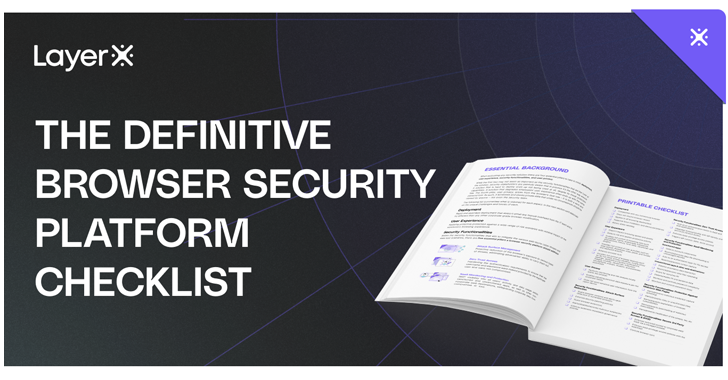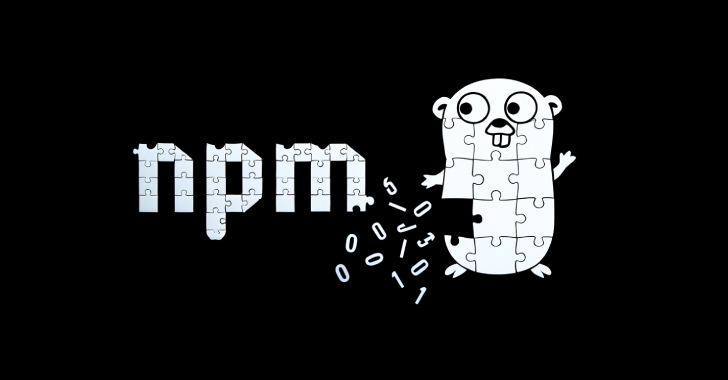Security stakeholders have come to realize that the prominent role the browser has in the modern corporate environment requires a re-evaluation of how it is managed and protected. While not long-ago web-borne risks were still addressed by a patchwork of endpoint, network, and cloud solutions, it is now clear that the partial protection these solutions provided is no longer sufficient. Therefore,

- January 25, 2023
- by
- Cyber News, Cyber Threat Trends
- Less than a minute
- 486 Views
Related Post
- by Francis Schmuff
- August 7, 2025
SocGholish Malware Spread via Ad Tools; Delivers Access
The threat actors behind the SocGholish malware have been observed leveraging Traffic Distribution Systems (TDSs) like Parrot TDS and Keitaro
- by Francis Schmuff
- August 7, 2025
Malicious Go, npm Packages Deliver Cross-Platform Malware, Trigger
Cybersecurity researchers have discovered a set of 11 malicious Go packages that are designed to download additional payloads from remote
- by Francis Schmuff
- August 7, 2025
China Accuses Nvidia of Putting Backdoors into Their
The government of China has accused Nvidia of inserting a backdoor into their H20 chips: China’s cyber regulator on Thursday
- by Francis Schmuff
- August 7, 2025
Microsoft Discloses Exchange Server Flaw Enabling Silent Cloud
Microsoft has released an advisory for a high-severity security flaw affecting on-premise versions of Exchange Server that could allow an





